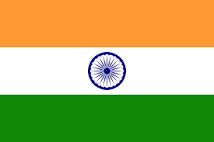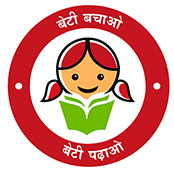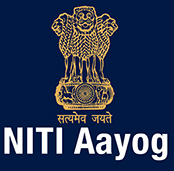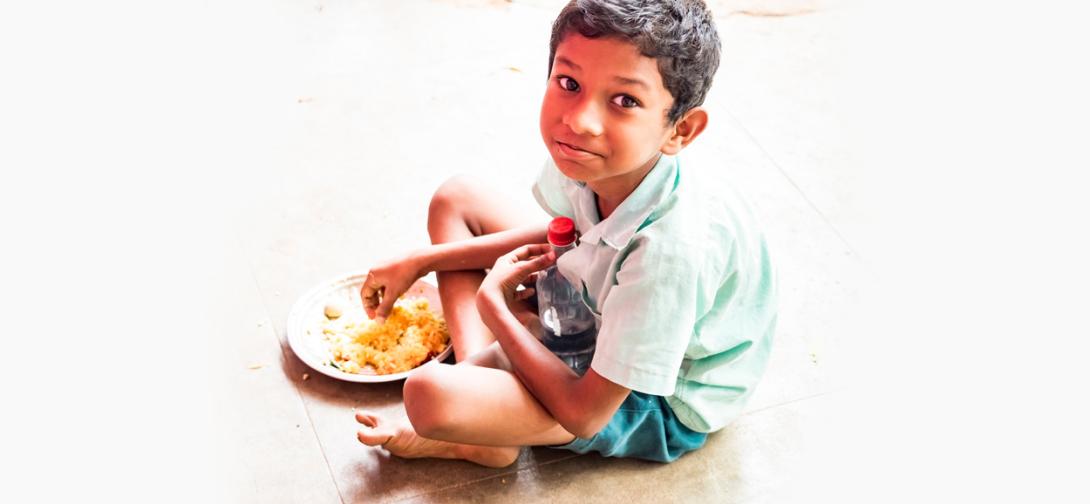Rice fortification is an effective way to combat anemia
Fortifying rice by adding micronutrients is a quick and cost-efficient way to address malnutrition
In an ambitious attempt to combat the serious problem of anemia due to malnutrition, Prime Minister Narendra Modi made an announcement to mandate rice fortification in all social safety net schemes by 2024. Rice fortification, a process of adding micronutrients like iron, folic acid and vitamin B12, is an effective, preventive and cost-efficient complementary strategy to address the nutrition problem within a short period. However, ensuring access to and affordability of healthy and diverse diets would be the key to a sustainable long-term strategy.
India has made impressive progress in reducing stunting and anemia among children over the last decade. However, anemia still impacts more than one in two children and women. The WHO has declared anemia among women and children as a “severe” public health problem, demanding immediate attention. Further, recent statistics indicate rise in anaemia levels amongst among women and children in 16 and 18 of 22 States/UTs respectively (NFHS-5). Iron deficiency-anemia is the biggest cause of disability for the past 10 years and contributed 20 per cent direct and 50 per cent associated maternal deaths in India. Its economic burden is equivalent to about 4 per cent of GDP.
Apart from iron, deficiency in micronutrient like vitamin B12, vitamin A, folate and zinc also contribute to rising anaemia levels. Evidence suggests vitamin B12 deficiency impacts one in six pre-school children and one in three adolescents; folate deficiency in one in three school-aged children and one in four adolescents (CNNS, 2016-18). As each of these MNDs except for vitamin D deficiency is a known nutritional cause of anemia, it is indeed imperative to address them in anemia combat strategy.
The nutritional status and associated nutrient deficiencies is primarily a reflection of our unbalanced and poor diet. The available national level consumption data National Nutrition Monitoring Board (1979; 1991; 2002; 2012) indicate low levels of iron and micronutrient deficiencies amongst the Indian population. “What India Eats”, a recent report by ICMR-National Institute of Nutrition, shows low consumption of nutritious food like fruits, vegetables, milk, pulses, meat, poultry and so on.
CNNS 2016-18 also highlights that only 6 per cent and 9 per cent of children between 6-23 months consume the minimum acceptable diet and iron rich food, respectively. There is a gap of nutritious dietary intakes when compared to Recommended Dietary Allowance (RDA). For instance, 75 per cent and 50 per cent lower iron amongst rural population and adolescents; 50 per cent lower vitamin A; and 50-75 per cent lower folate and riboflavin.
Affordability issue
FAO recently attributed affordability of cost intensive healthy diets as a constraint in achieving the nutrition related Sustainable Development Goals globally. At $1/person per day, India’s spending on diet is significantly lower than the EAT Lancet dietary recommendations of $3-5. Analysis by IFPRI also finds that nearly two-thirds of the rural poor cannot afford a nutritious diet that meets India’s national food-based dietary guidelines. It is found that cost would increase substantially if eggs and milk are included in the Supplementary Nutrition. Costs associated to secure nutritious diets, thus, can be a concern.
On the other hand, rice, a staple cereal, is consumed by 65 per cent of the population at the rate of 6.8 kg per capita per month. Fortifying rice with micronutrients thus is an ideal vehicle and offers an immediate opportunity to bridge dietary nutrient gaps and improve health outcomes, particularly among vulnerable populations. The Prime Minister’s announcement of universalisation of rice fortification by 2024, will cover about 100 crore target population, including about 20 crore women of reproductive age.
Reviews such as the Copenhagen Consensus have consistently ranked micronutrients interventions like large scale fortification as the most proven cost-effective development intervention providing significant returns for investment. As per the WHO’s meta-analysis on rice fortification, an outlay of around ₹2,800 crore per annum for rice fortification can avert 35 per cent of the total or 16.6 million Disability Adjusted Life Years (DALYs) per year with no known risk of toxicity.
The cost of one DALY lost due to iron deficiency anemia (IDA) in India is approximately ₹30,000 and the cost incurred to avert IDA led one DALY is just ₹1,545, providing a cost-benefit ratio of 1:18. Amounting to only around 1 per cent of the food subsidy bill in 2018-19, rice fortification has the potential to avert a total of 94.1 million anaemia cases that can lead to savings of ₹8,098 crore over a period of five years.
It is heartening that the announcement by the Prime Minister has given a major spurt to further strengthen the ecosystem of rice fortification before it goes on an auto-pilot mode. Fortified Rice Kernels (FRK) units have ramped up their capacities to produce 1.58 lakh tonnes of FRKs from around 94,000 tonnes. FSSAI is working on FRK standardisation and enabling setting up more NABL accredited labs and Bureau of Indian Standards Standardisation of Extruders/Blenders, to ensure quality.
FCI and the Ministries of Women and Child Development and Education are working in convergence to ensure distribution of 13.70 lakh tonnes of fortified rice in ICDS and MDM. Thus, rice fortification is also providing a unique opportunity for all the departments to ensure integrated efforts and strengthen the synergies.
This is a critical year for nutrition and effective action is required to create a sustained impact. To address the problem of malnutrition in the country, multi-pronged strategies need to be implemented simultaneously. Inarguably, dietary diversification is the key and a sustainable long-term solution to combat anemia and micronutrient deficiencies and the Government has initiated many policy interventions to ensure the same.
For instance, it has been promoting millets on a mission mode to achieve nutritional security and has included millets under NFSA to be distributed in the social safety net schemes. The Prime Minister recently launched 35 crop varieties with higher nutrient-content to combat malnutrition. Under POSHAN 2.0, MoWCD has urged all Aspirational Districts to establish poshan vatika or nutri-garden to promote locally grown nutritious food. However, achieving the desired outcomes will have a longer gestation period and will also require conscious efforts to nudge behavioural change towards healthy diets.
In this context, rice fortification is the most viable and welcome, preventive and complementary intervention to solve the problem of anemia in a short period of time. Historically, India has tested this idea of fortification by mandating iodised salt in 1962. Interestingly, CNNS Report 2016-18, subtly hinted the success of universal fortification of salt by revealing iodine to be the only exception to micronutrient deficiencies in the tested sample. With this announcement, we have embarked upon a firm journey towards being a healthy country.
Rajiv is the Former Vice Chairman, and Vedeika is Associate, NITI Aayog. Views are personal
This article was originally published in Hindu Businessline
 National Portal Of India
National Portal Of India 







